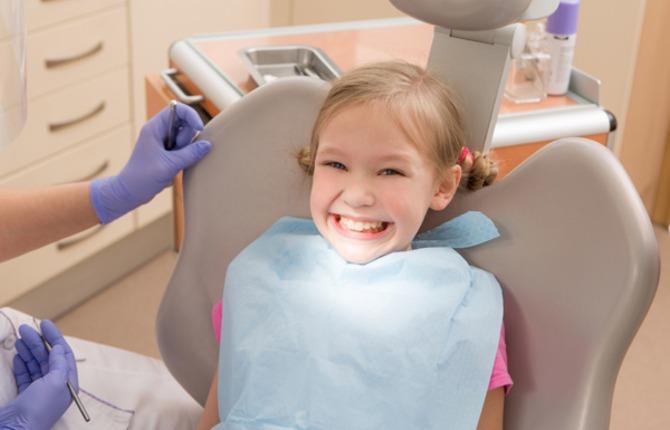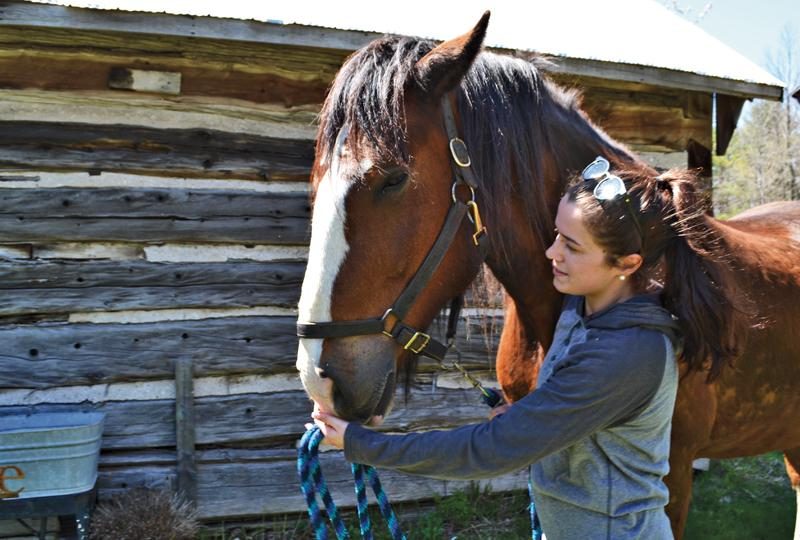
What you need to know about sedating children for dental work
Submitted by Dr. Matt Grinstein
Is sedation safe for children?
Many dentists are trained in the administration of sedatives, and have been providing these services for children for many years.
Why do dentists use sedation for children?
There are a variety of reasons that dentists may recommend sedation for a child’s dental procedure. You may consider sedation for your child if he or she experiences high anxiety, stress or even fear in anticipation of dental treatment, or because the procedure may be lengthy, painful or complex. In particular, children with certain special needs that make oral care difficult may also be candidates for dental sedation.
Some children are too young to get good quality X-rays and the treatments that are required to fix their problems may be numerous and complex to complete in a safe way.
What types of sedation are there?
Dentists can offer four primary types of sedation:
Nitrous Oxide
Nitrous oxide is a sedative comprising nitrous oxide and oxygen. Often dentists will allow their patients to choose a flavour like cotton candy or bubble gum to encourage good breathing through the nose. Nitrous oxide inhalation is one of the most minor forms of sedation. Patients are awake with their eyes open and can respond to questions (often with funny responses). It calms anxious patients and can reduce discomfort. The recovery from nitrous oxide is usually complete within a few minutes of turning the nitrous oxide off and breathing in air.
Oral Conscious Sedation
This type of sedation can be achieved with various medications. Before the dental procedure takes place, your child’s dentist will review the most appropriate medication choice with you, and answer any questions you may have. With oral conscious sedation, patients may become drowsy or fall asleep, but don’t become unconscious. After the sedation has worn off, patients may have no memory of the dental procedure.
IV Sedation
Under some circumstances, unconscious sedation can be used for patients with moderate to severe anxiety. IV sedation is typically used for wisdom teeth, or other complex extractions. This sedation service is usually used for older children and young adults. As the name indicates, this procedure requires an intravenous injection. Your child will be groggy as the sedation wears off, and may need extra help after the appointment.
General Anesthesia
This form of sedation renders the patient unconscious, and dentists may recommend it for those who are very young with multiple and deep cavities, behavioural challenges, or limited compliance and cooperation.
A dentist may bring in a medical or dental anesthetist to perform this type of sedation to your child’s appointment. Depending on your children’s needs and the wishes of parents, your dentist will establish a treatment plan that will incorporate sedation if necessary.
Dr. Matt Grinstein, following dental school, spent two additional years of education at The Hospital for Sick Children and the University of Toronto, focusing exclusively on children. He now works full-time limiting the scope of his practices to treating children and young adolescents. He offers full-service dental care to these patients in conjunction with paediatric and orthodontic specialists at the Thornhill and Toronto locations. www.growingsmilesdentistry.ca







